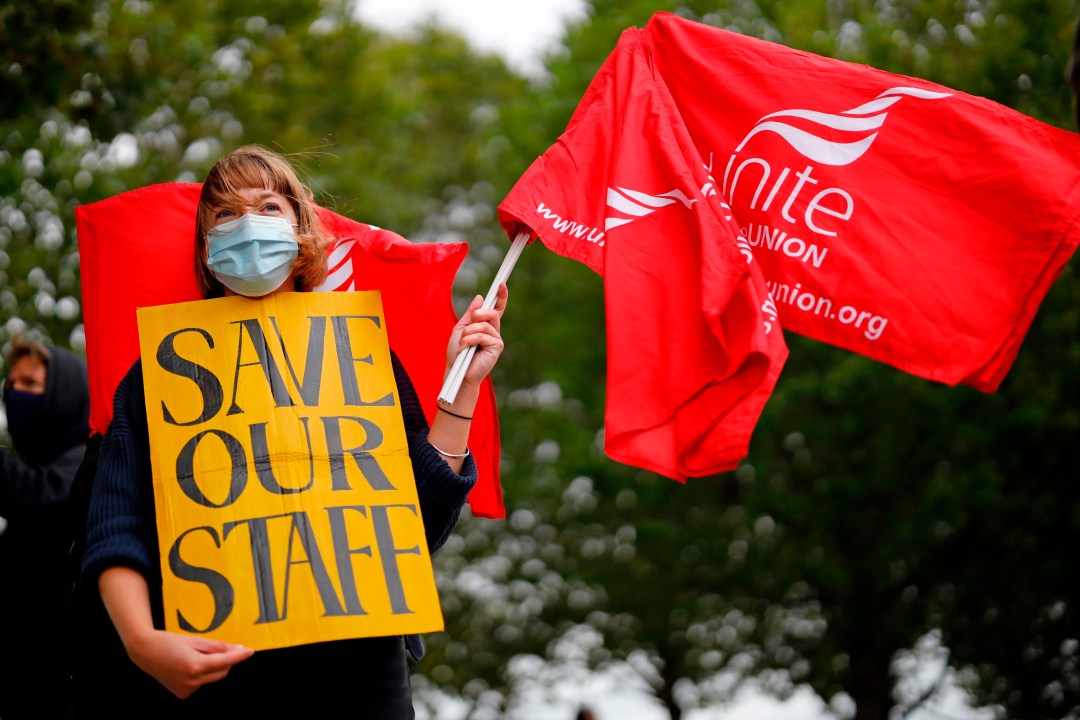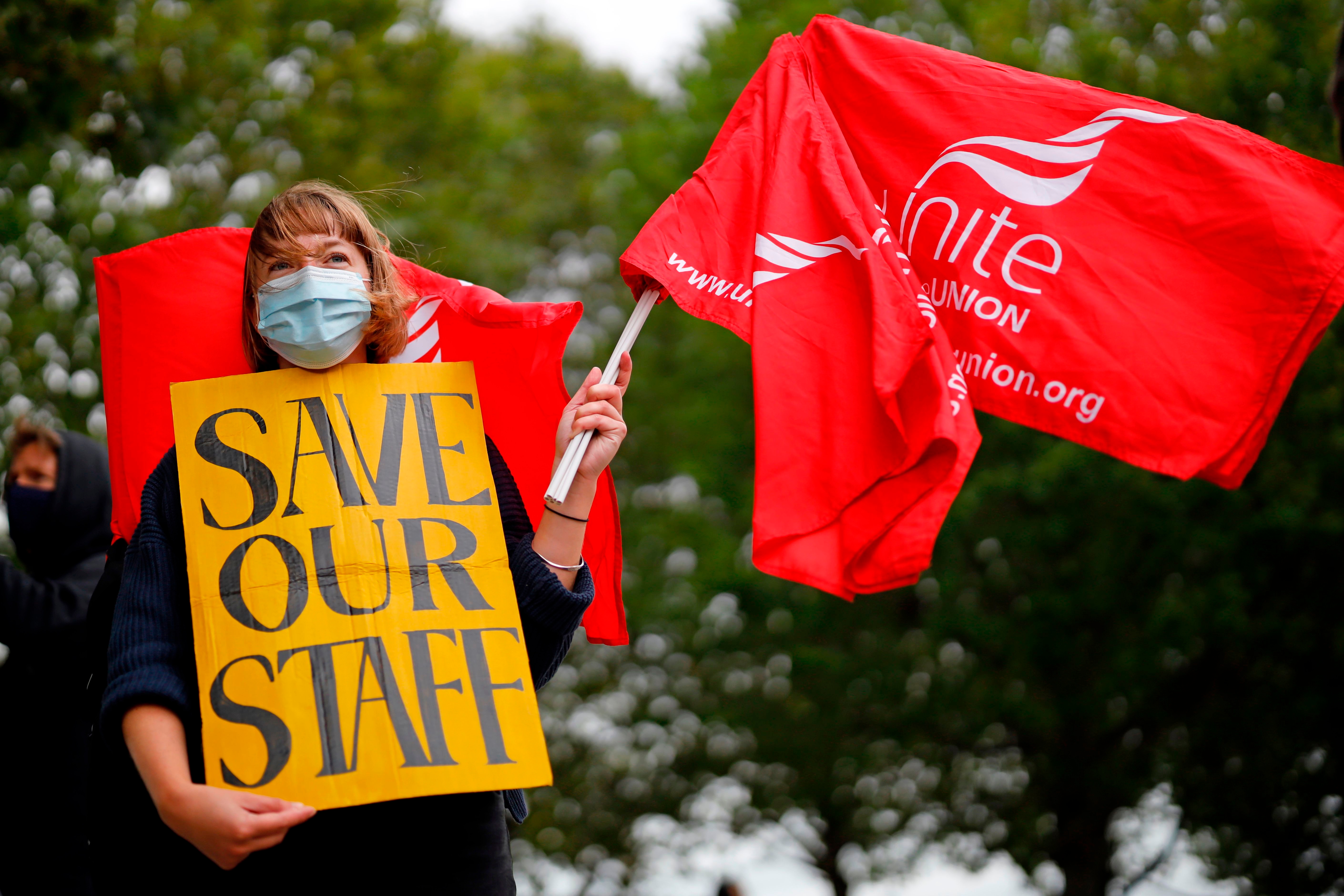Despite experiencing the largest economic contraction in over 300 years, UK unemployment figures haven’t budged for months. The furlough scheme seems to have proved successful in shielding many jobs from getting the immediate axe, while those who were made redundant often didn’t appear in the official figures as they were not immediately looking for work.
But today’s labour market overview from the ONS shows they have started to tick upward: unemployment is now at 4.1 per cent, 0.3 percentage points up from last year and 0.2 points up from the last quarter.
Breaking down the rate by age, it’s clear the young have suffered the most so far: unemployment for 16 to 24-year-olds is up 76,000 this year, now totalling over half a million. But overall today’s update wasn’t as grim as predicted – the UK doesn’t seem to be haemorrhaging jobs at the pace some thought inevitable. Last month’s survey of early indicators suggested employees on payroll was down 730,000 between March and July, while this month’s survey revises these figures to 695,000 between March and August.
A smaller than expected rise in unemployment is a positive sign that the unwinding of the furloughing scheme has, so far, not resulted in a surge of redundancies. But as the UK chief economist for Capital Economics Paul Dales notes this morning: ‘It perhaps makes sense that those workers who are most likely to lose their jobs will be kept on the furlough scheme for longest.’
It seems almost certain that unemployment will spike this autumn when the furlough scheme comes to an end and potentially millions of jobs that existed before the pandemic are revealed to be no longer necessary. This is reflected in some other data sets released by the ONS today, including redundancy increases which – while not as bad as many estimated – have still seen the largest annual and quarterly increases seen since 2009.
Meanwhile, the claimant count figure – the number of people eligible for some kind of unemployment-related benefit – continues to increase, now up to 2.7 million, 120 per cent higher than in March.
It’s good news for the UK’s labour market – and every job that makes up these statistics – that the employment rate has yet to nosedive and the unemployment rate has yet to surge.
But the coming months will determine just how bad the crisis gets, not only as furlough comes to an end but as the government potentially brings in new restrictions (like this week’s rule of six). Such restrictions will inevitably have knock-on economic consequences.








Comments